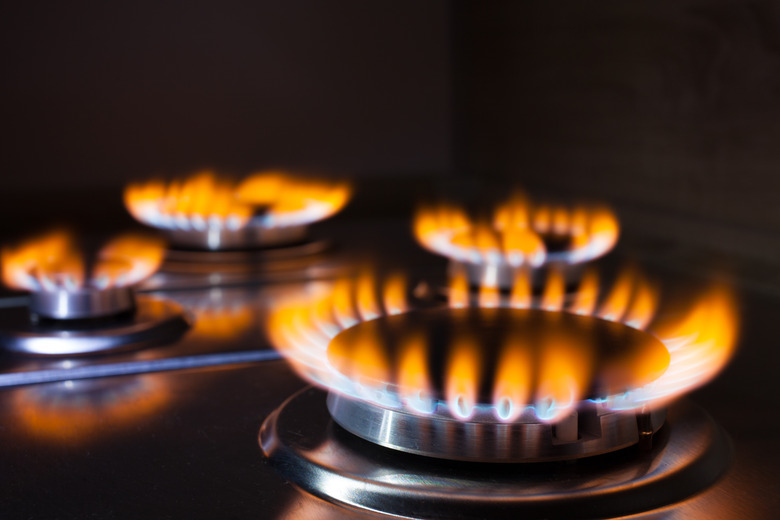Understanding the heat production of a fuel is vital when designing a heating system for a building. Heat production from gas fuels such as propane or natural gas depends on the amount of gas burned measured in cubic feet per hour. The Btu produced by the burning of the gas specifies how much heat is available for heating. Converting cubic feet per hour fuel rate into Btu production helps designers pick the appropriate size furnace for their applications.
Step 1
Measure the amount of gas used per hour by monitoring your gas meter. Calculate the amount of gas used over a 24 hour period of time and divide it by 24 to obtain the average cubic feet of gas used per hour.
Step 2
Write down the heat production from a cubic foot of the fuel you use. The heat equivalent of 1 cubic foot of propane and natural gas are 2,500 Btu for propane and 1,050 Btu for natural gas. For example, assume you are using propane gas. The heat produced by 1 cubic foot of propane when burned is 2,500 Btu.
Step 3
Multiply the flow rate in cubic feet of fuel per hour by the amount of heat produced by 1 cubic foot of fuel. Continuing the example, assume the flow rate of propane was 15 cubic feet per hour. The number of Btu produced per hour is 2,500 Btu / cubic foot of propane x 15 cubic feet / hour = 37,500 Btu per hour.

